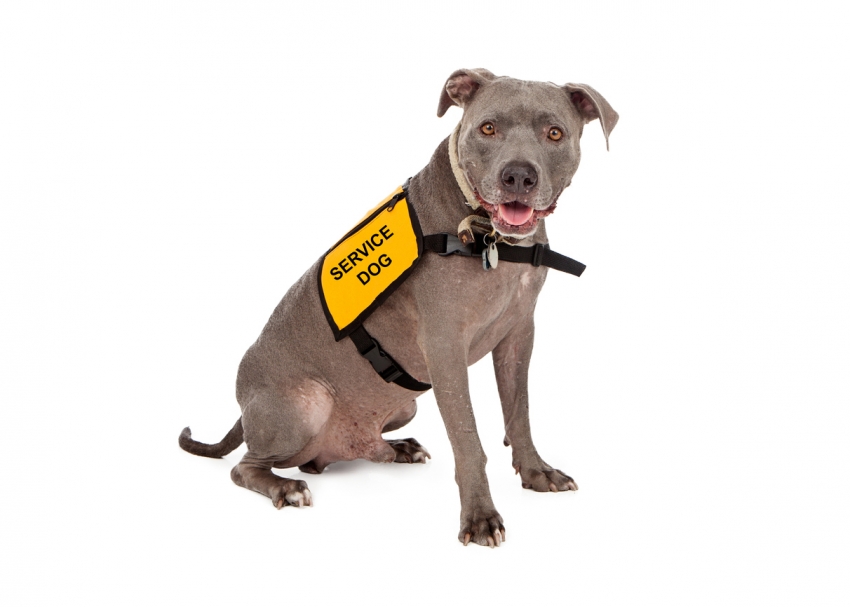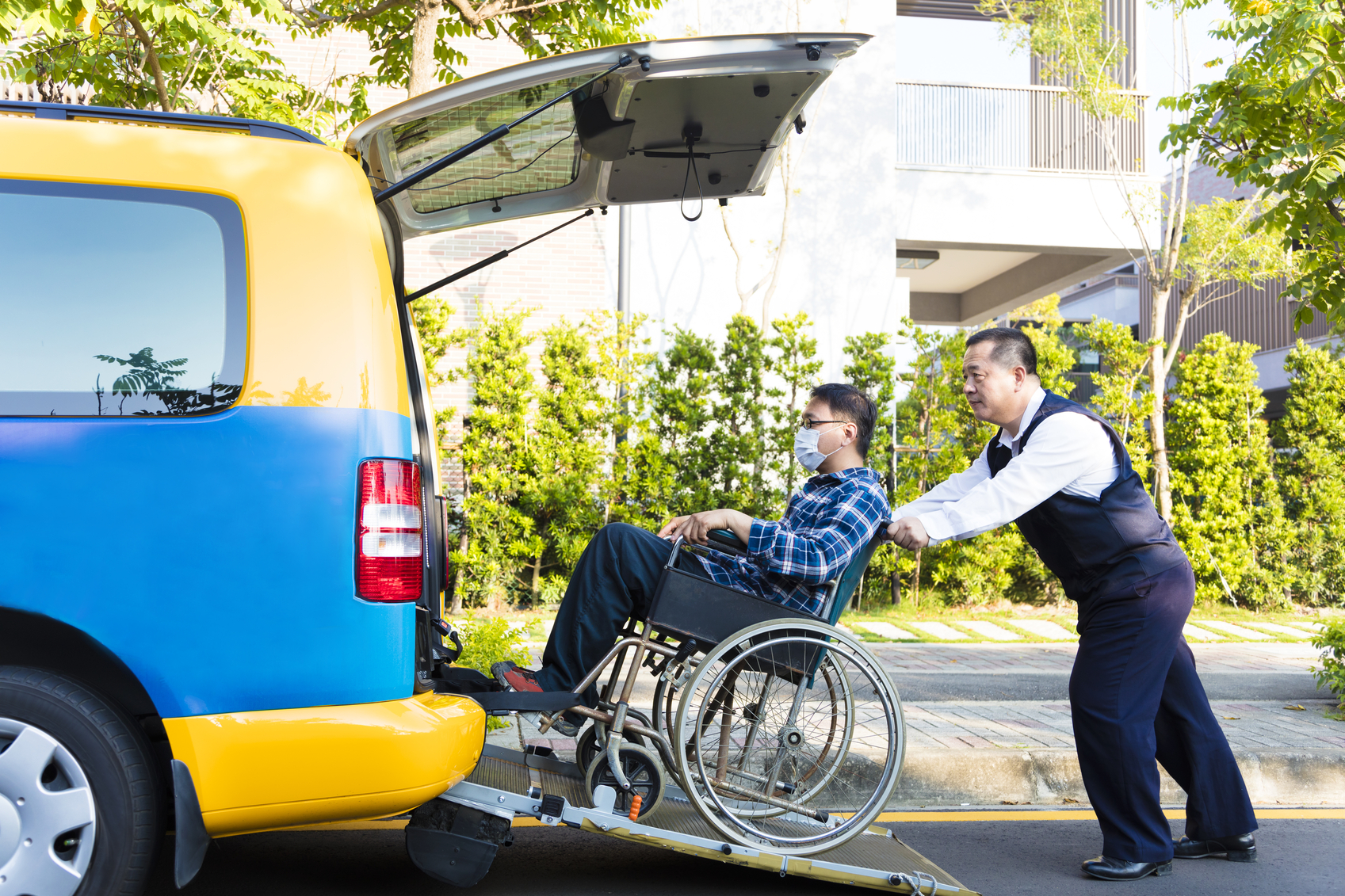Service Dogs and Therapy Dogs: Do You Know The Difference?

People with spinal cord injuries often consider investing in a service dog to provide emotional support or help them perform tasks. Most people use the terms “therapy dog” and “service dog” interchangeably. The general public often doesn’t understand the difference between the two, but it is important to know what each type of animal can and can’t do. There is a significant difference, and educating yourself on all the details will help you choose the kind that will serve you best.
Service Animals
Most service animals are service dogs, but there are other types, such as monkeys and even miniature horses! The main consideration for a service animal is that it has the capability of performing certain tasks. Service dogs are trained specifically to meet the needs of their owner with disabilities. Some of the tasks that they can perform are:
- Picking up objects that have been dropped
- Retrieving objects, such as the phone
- Opening doors
- Guiding people who are blind
- Alerting people who are deaf of sounds, such as the doorbell ringing
- Towing wheelchairs up inclines
There are many tasks for which a service dog can be trained. This is just a very small sample of what they can do. Service dogs are trained in an individualized manner to meet the needs of their owners. Usually, they are selected based on the capabilities of their breed. A smaller dog, for example, would not be very good for assisting with towing a wheelchair, but it may be good for someone who needed help detecting the onset of a seizure.
One of the biggest differences between a service dog and a therapy dog is that service dogs are allowed inside most buildings with their owner. Anywhere the owner goes, the service dog is allowed to go as well. Service dogs are regarded on the level of “medical equipment.”
Therapy Animals
Therapy animals also provide a service, but their job is not to perform tasks. Their job is to provide mental and emotional support for their owners. Once again, most therapy animals are dogs, but many different types of animal have been certified, even guinea pigs and llamas! Also, while some therapy dogs serve only their owner, others are trained to work with a variety of people in facilities such as hospitals and doctors offices.
Therapy animals don’t need as much training and certification as a service dog. This means they often cost less to acquire, but they also have no special permission to go with you into public places. Some businesses, such as airlines, allow therapy animals, but they have no legal obligation to do so.
Where To Find A Service Dog
Once you’ve done the research and figured out what works best for you, you can start looking for a therapy or service dog. Animals are usually paired with their prospective owners before they finish their training, so even after you identify a potential companion, you may still have a few months to wait before you can take them home.
There are many organizations that train therapy and service dogs. You can use the internet to search for one near you. Some agencies specialize in certain types of dogs, so you may still need to travel a certain distance to find the match that is best for you.
Assistance Dogs International is “dedicated to supporting the work of assistance dog programmes across Europe.” A visit to their website can answer some of the most frequently asked questions about assistance dogs. They also provide contact information if you need to ask any specific questions or need help finding the right training organization near you.
Author: Annie Beth Donahue is a professional writer with a health and disability focus.








